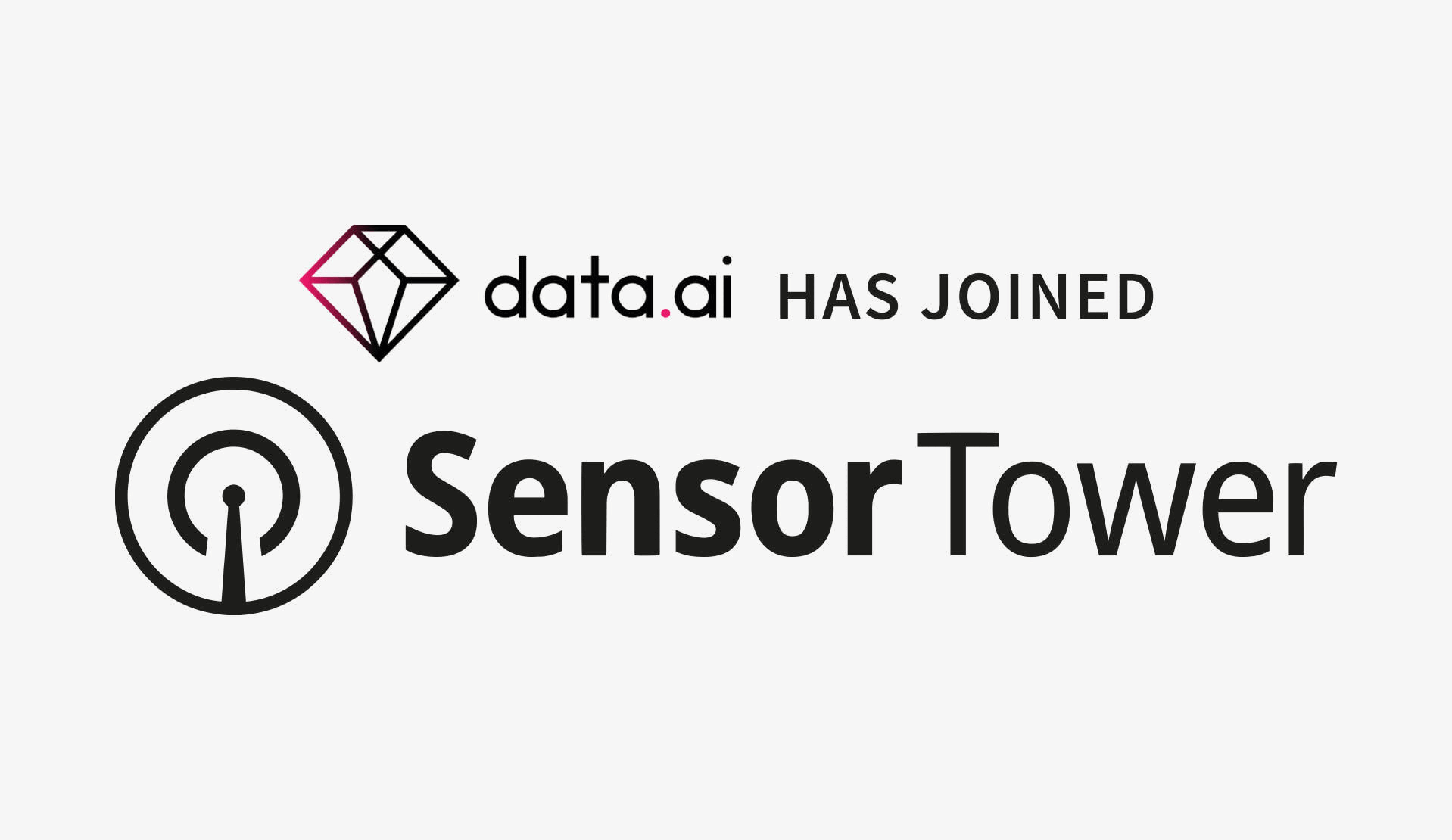Innovation Lab: Origami Robots, Robot Teachers and Disappearing Tattoos
- Friday, May 13th, 2016
- Share this article:
At Mobile Marketing were proud to help tech companies showcase their cutting-edge solutions, whether its on our website, in our magazine or at our Mobile Marketing Summits. Giving a platform to companies that are breaking new ground in their market brings audiences one step closer to the ideas and developments that will shape tomorrow.
In that spirit, our Innovation Lab feature takes a step beyond the world of apps, ads and handsets with slightly bigger screens, in order to share some of the tech worlds innovative ideas. They might be interesting, disruptive or just outright strange, but these are the stories that have caught our eye over the past week.
Origami Robot Unfolds in Your Stomach to Carry Out Surgery
If youre unlucky enough to swallow a battery in the next couple of years, you could find yourself also swallowing a tiny robot to help get it out before it does any damage, thanks to a new device created by researchers from MIT, the University of Sheffield and the Tokyo Institute of Technology.
The robot in question has a frame made of dried pig intestine that is designed to be eventually dissolved by your own stomach acid, and is folded up and encased in ice so it can be swallowed. Inside the stomach, it unfolds and can be manipulated using magnetic fields to pick up foreign objects stuck inside your stomach.
“Its really exciting to see our small origami robots doing something with potential important applications to health care,” said Daniela Rus, the lead researcher on the project. “For applications inside the body, we need a small, controllable, untethered robot system. Its really difficult to control and place a robot inside the body if the robot is attached to a tether.”
“This concept is both highly creative and highly practical, and it addresses a clinical need in an elegant way,” said Bradley Nelson, professor of robotics at the Swiss Federal Institute of Technology, Zurich. “It is one of the most convincing applications of origami robots that I have seen.”
 University Professor Fools Class with Bot Assistant
University Professor Fools Class with Bot Assistant
Students taking part in an online course at the Georgia Institute of Technology were astounded to find out that one of the teaching assistants they had been communicating with all semester was in fact a chat bot, designed by the professor to serve as both an administrative tool and example of the kind of natural language interfaces that students could go on to create.
According to the Wall Street Journal, the automated assistant, called Jill Watson after IBMs Watson software that powered the AI, conversed with students, answered questions about the class and gave out assignments. It wasnt until late in the semester that it was revealed to the students that Watson wasnt a real person, but a computer program.
Watson served as one of nine assistants for the over 300 students taking the class on Knowledge-Based Artificial Intelligence, and was designed by professor Ashok Goel in part to ease the burden on his human assistants, noting that students in the class typically post around 10,000 messages a semester.
The AI made use of natural language like “Yep!” when replying to students, and was programmed to only answer questions when it had a confidence rate of at least 97 per cent to ensure slip-ups were kept to a minimum, with the program only making one mistake during the semester, which another assistant was quick to correct.
Smart Pad Can Recreate Your Skateboarding Tricks in 3D
As a sport, skateboarding has barely changed in its 50-year history, despite a massive growth in popularity and the money involved in sponsorships and endorsements. Ad agency McCann Madrid teamed up with a group of skaters and engineers to develop Syrmo, which aims to bring mobile technology to the sport with revolutionary effect.
Syrmo is a smart pad that can be fitted to the underside of the skateboard near the wheels, and uses electronic sensors to track every movement and record them in 3D. The sensors measure height, angle, air time, pop force and a wide variety of other statistics, enabling users to accurately monitor their performance and get feedback.
The Syrmo connects to an accompanying app, allowing users to watch their tricks recreated in 3D video, and also enables them to share their performance on social media, create rankings and high scores, and even send challenges to friends to beat their records.
 Not Sure About that Tattoo? Dont Worry, Itll be Gone in a Year
Not Sure About that Tattoo? Dont Worry, Itll be Gone in a Year
Tattoos are increasingly popular but many people are still hesitant to get them due to the knowledge that they will either be stuck with them forever, or have to face expensive removal surgery, should they change their mind. However, one company has presented a solution in the form of tattoos that disappear after a year, and can be removed even earlier.
Ephemeral, the startup behind the technology, unveiled it at TechCrunch Disrupt in New York, and are currently bringing their solution to market. It involves a two-part system, with ink designed to break down after a year along with a separate removal system which can be used to speed up the removal or even edit parts of tattoos without removing the whole thing.
“Tattoo inks today are permanent because of the face that the dye molecules are too big for your bodys immune system to take away,” explained Anthony Lam, co-founder of Ephemeral. “By using smaller molecules, weve encapsulated them inside this spherical structure thats big enough that your immune system doesnt take it away. But when you remove it, it essentially eats away one of the components and the dye molecules are flushed out.”
Disney Robots Mimic Human Controls Perfectly
Disney Research, the companys development lab, has created a wide range of technologies over the years to support its creative endeavours, and its latest work to develop more human-acting animatronics at its theme parks could have wide implications in a huge number of industries.
The Hybrid Hydrostatic Transmission system built by the Disney Research team uses a complex, haptic-feedback remote control system to enable humans to operate robots at a distance with incredibly precise and life-like movements. The robots use a combination of fluid- and air-filled hydraulics to move in a lifelike manner while also providing feedback to operators, and can successfully mimic gestures as delicate as threading a needle.
“The current hydraulic robot offers incredibly smooth and fast motion, while maintaining backdrivability and bidirectional force reflection, allowing safe interaction with people, and the handling of delicate objects,” wrote the team behind the project. “The operator is visually immersed in the robots physical workspace, and…directly feels interaction forces betweet the robot and external environment.”
















